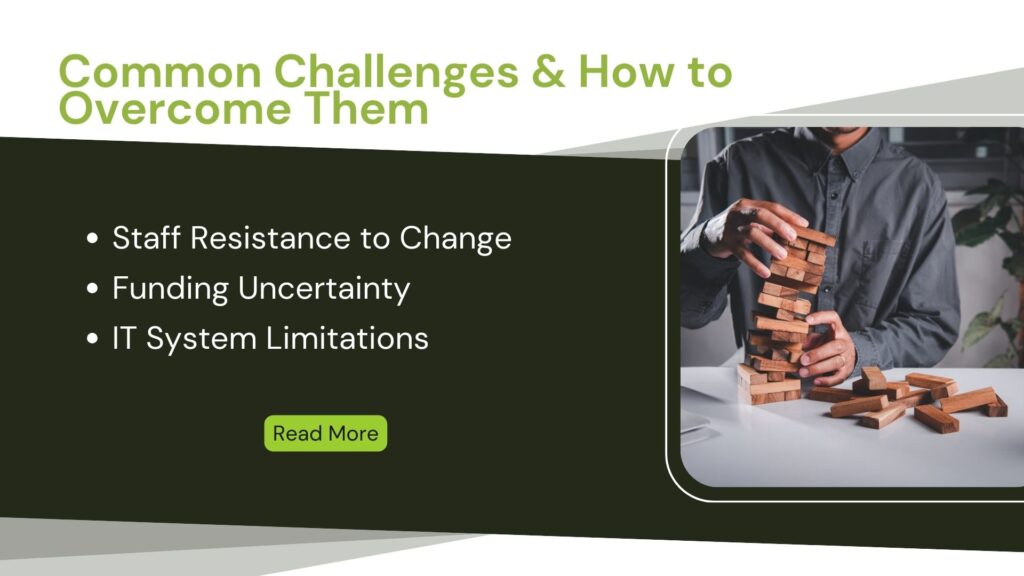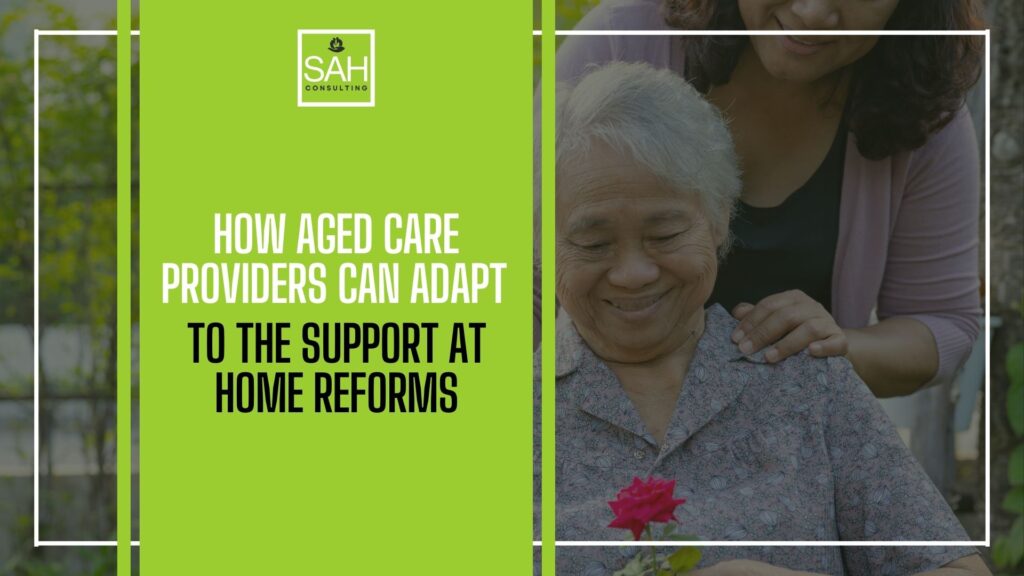Did you know that more than 65% of Australians aged 65 and over receive some form of home care support? From July 2025, the Home Care Packages (HCP) program, along with Short-Term Restorative Care and residential respite, will be replaced by a single, streamlined Support at Home program. This reform aims to simplify access, improve care quality, and better tailor services to individual needs.
The goal is clear: deliver integrated, person-centred support that helps older Australians stay independent at home for longer. But for providers, the shift comes with major operational, financial, and workforce challenges. Understanding what’s changing and preparing early will be critical to staying compliant and competitive under the support at home aged care reform.
Key Changes Under the Support at Home Reforms
The 2025 aged care reform introduces major structural and regulatory changes that will affect how all home care providers operate. These changes aim to deliver a simpler, fairer, and more flexible system that puts the rights and needs of older Australians first.
The most important change involves bringing multiple programs together as one unified service. The current Home Care Packages (HCP), Short-Term Restorative Care (STRC) services, and respite programs will unite as a single Support at Home program. The restructuring aims to merge services, thus eliminating duplicate services and advancing access to client-centered healthcare delivery.
The reforms also introduce a new funding model. Instead of the current package-based structure, funding will be allocated based on assessed individual needs. This approach supports more tailored care plans and gives providers greater flexibility in how services are delivered.
Another core focus is the shift toward wellness and rehabilitation. The healthcare profession now aims to enhance older persons’ capacity while allowing them to retain independence for longer durations. The required service model adaptations by providers involve funding restorative care initiatives alongside goal-based planning approaches.
Stronger regulatory requirements are also central to the reform. The Aged Care Act 2024, passed in November, will come into force on 1 July 2025. It introduces:
- Mandatory provider registration
- Compliance with a strengthened set of Aged Care Quality Standards
- A new Code of Conduct for providers and workers
- Adherence to the Statement of Rights, which prioritises choice, dignity, and independence
- Financial, governance, and worker screening obligations
Together, these changes represent a complete overhaul of aged care delivery in Australia. Providers must act now to understand the reforms, assess their current services, and prepare for compliance under the new framework.
Steps Aged Care Providers Should Take Now
As the support at home aged care reform comes into effect, aged care providers must take proactive steps to align their services with the new framework. Below are the key actions to ensure compliance and success under the upcoming changes.
1. Review & Align Services with the New Framework
Providers should begin by assessing how their current services align with the wellness and rehabilitation focus of the new program. This means looking beyond maintenance care and adapting to a more goal-oriented, person-centred approach. Key areas to consider include reviewing existing care plans to ensure they focus on promoting independence and improving the quality of life for clients. Additionally, providers should identify gaps, such as the need for additional workforce training in reablement techniques or technology upgrades for remote monitoring, to ensure they are ready for the shift.
2. Upskill Staff for Reablement & Person-Centered Care
For the successful transition to reablement services, a workforce must demonstrate capabilities beyond basic care provision. Healthcare institutions should dedicate resources to training methods that will help medical professionals enhance senior patients’ mental and physical self-reliance. Training healthcare staff with essential skills, including goal-setting and communication, enables them to develop personalised care plans through which clients remain central to their care process.
3. Invest in Technology & Partnerships
Adapting to the Support at Home aged care reform will require the adoption of new technologies and strategic partnerships. Providers should invest in digital tools for care coordination, such as client management systems, that allow for more efficient service delivery and improved client outcomes. Moreover, building partnerships with allied health providers is crucial to offering a holistic approach to care, enabling the delivery of integrated services that address both the physical and emotional well-being of clients.
4. Prepare for Financial & Administrative Shifts
The new funding model will require a shift in financial planning and administrative processes. Providers should model their cash flow under the new needs-based funding structure, which may include more variable payments based on individual client assessments. It is also vital for providers to update internal policies and procedures to ensure compliance with the new Aged Care Act, including the implementation of stronger quality standards, worker screening, and reporting obligations to meet the regulatory requirements set by the reforms.
Common Challenges & How to Overcome Them

Staff Resistance to Change
Challenge: Staff may resist the transition to the new Support at Home program due to unfamiliarity with the new framework or fear of change.
Solution: Overcome this by providing comprehensive training and fostering clear, open communication about the benefits of the reforms. Encourage staff involvement in the change process, making them feel part of the transition and ensuring they understand the long-term benefits for both clients and their professional growth.
Funding Uncertainty
Challenge: Providers may be concerned about the financial implications of the new funding structure, including variable payments and the transition to a needs-based model.
Solution: Engage in scenario planning to assess the potential financial impact under different scenarios. Work closely with financial advisors to ensure cash flow models are realistic and sustainable, providing clarity on how to manage potential fluctuations in funding.
IT System Limitations
Challenge: Current IT systems may not be equipped to handle the demands of the new Support at Home program, such as managing client assessments or coordinating care more efficiently.
Solution: Pilot small-scale technology integrations first to test compatibility and identify any issues before a full-scale rollout. This will allow for smoother transitions and adjustments to the new systems, ensuring they meet the program’s requirements.
Additionally, aged care providers can watch the Support at Home Q&A session for aged care providers. This session allowed aged care providers to ask specific questions regarding the program’s implementation and gain valuable insights into addressing these and other challenges effectively.
Leverage Expert Support for a Smooth Transition
Navigating the new Support at Home registration and regulations can be overwhelming. At SAH Consulting, we simplify the process for you. Our experienced team will:
- Clarify New Regulations: We provide clear explanations of the latest guidelines.
- Ensure a Complete Application: We help gather the necessary documents and ensure accuracy.
- Develop Compliance Documentation: We’ll create policies and procedures to meet the new standards.
- Address Concerns & Minimise Delays: We’re here to answer your questions and keep the process on track.
We’ll also help you understand the Support at Home handbook, ensuring you meet all requirements. With SAH Consulting, you can navigate the registration process confidently.
Final Thoughts
The 2025 aged care reforms will significantly reshape how services are delivered under the Support at Home aged care reform. Providers need to adapt by reviewing and aligning services, upskilling staff, embracing technology, and preparing for financial shifts. These changes present challenges and opportunities for those ready to evolve with the new regulations.
Book a free consultation with us to ensure your organisation is prepared for a smooth transition to the Support at Home program. Let us help you navigate the changes and stay ahead.
